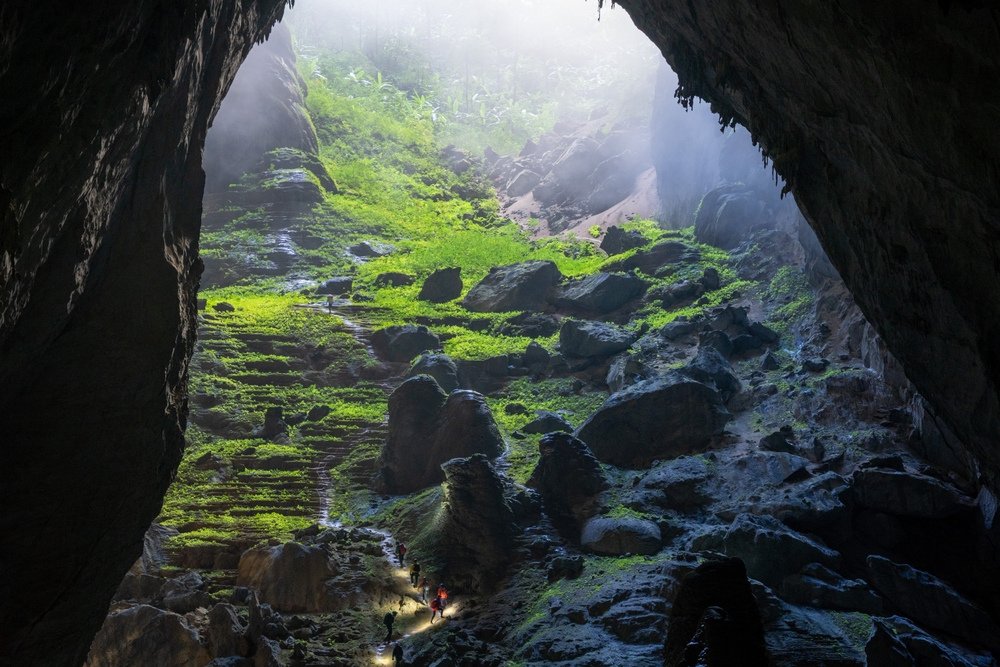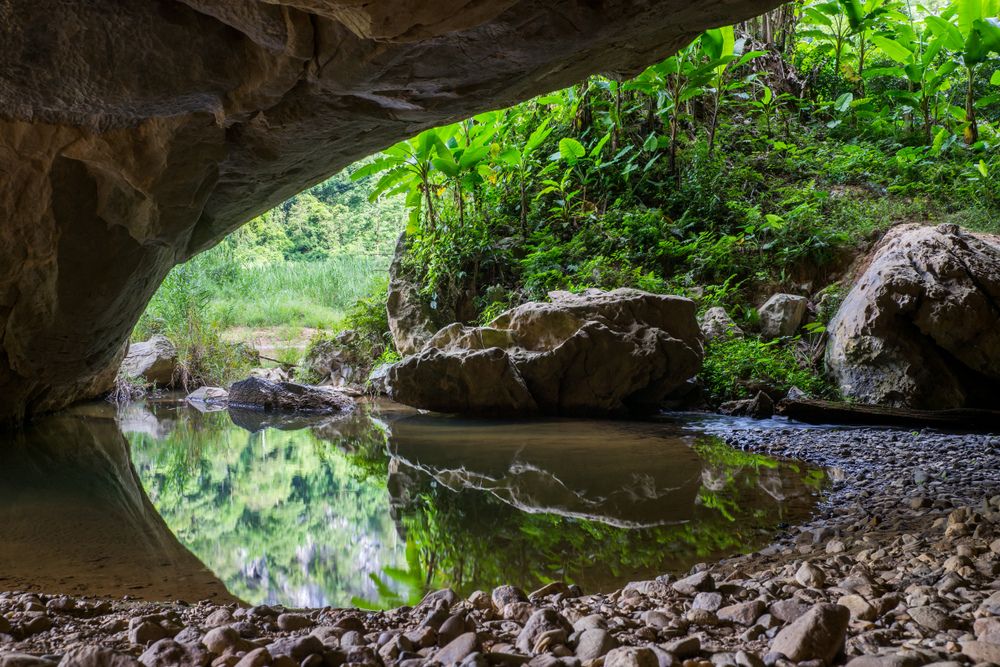Have you heard about Son Doong Cave in Vietnam? It’s a real-life giant cave that’s got a starring role in BBC’s ‘Planet Earth III’.
This show, known for taking us on incredible journeys around our planet, is shining a spotlight on this spectacular cave, and for a good reason!
Son Doong Cave isn’t just another cave; it’s the largest one in the world, tucked away in Vietnam’s Phong Nha-Ke Bang National Park.
This massive cave has rooms so big that entire skyscrapers could fit inside! It’s a place of towering rock formations, some reaching up to 70 meters high, and it even has its own weather system inside.

Opened to the public in 2013, Son Doong Cave has been a magnet for adventurers and nature enthusiasts from all over the world. It also grabbed the spotlight as a backdrop in the Hollywood movie “Kong: Skull Island” in 2016.
Getting to Son Doong is an adventure itself. It involves a tough two-day trek through thick jungles, crossing rivers, and descending a steep 80-meter cliff. This journey is not for the faint of heart but is perfect for those seeking a true adventure.
Inside the cave, you’re in for a treat. Along with the massive rock columns, there’s a unique ecosystem with a jungle known as the “Garden of Edam” and beautiful, rare cave pearls. As you explore, it feels as if you’ve entered a different world.

Vietnam knows how special Son Doong Cave is, so they’ve made a rule: only 1,000 people can visit each year, and the tours are open just from January to August.
This isn’t just to make the cave exclusive; it’s to protect it. They’re making sure this natural wonder stays beautiful and safe for the animals and plants that call it home.

That’s the story of Son Doong Cave – a huge and incredible cave that’s getting the attention it deserves on TV and in real life.
It’s a reminder to all of us that some places are so special, that we need to enjoy them carefully and protect them to ensure they remain wonderful for future generations to explore.
